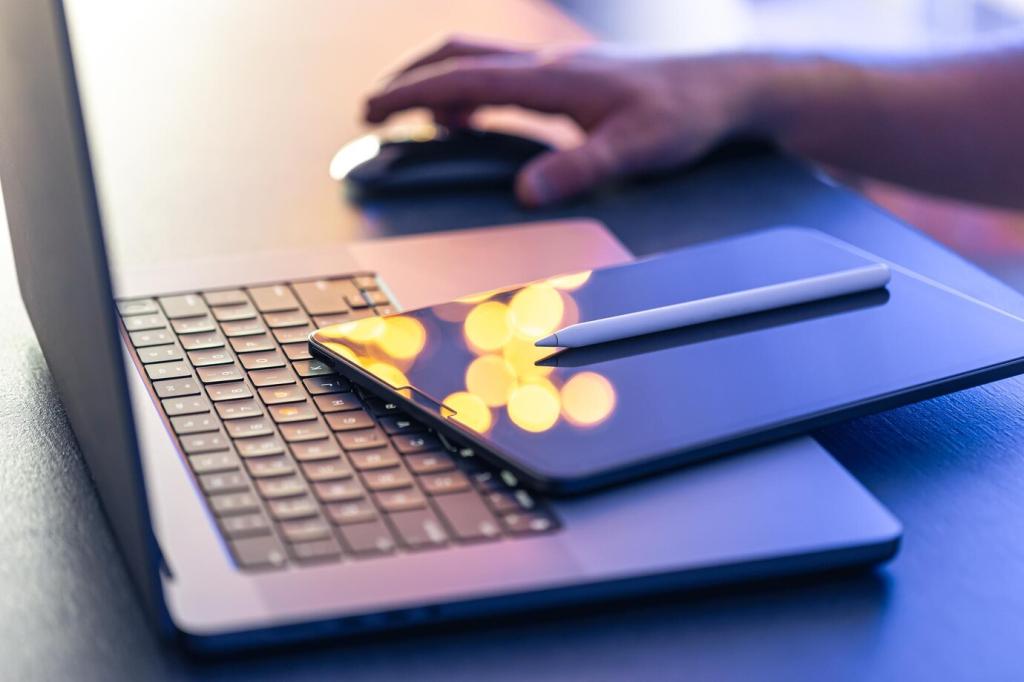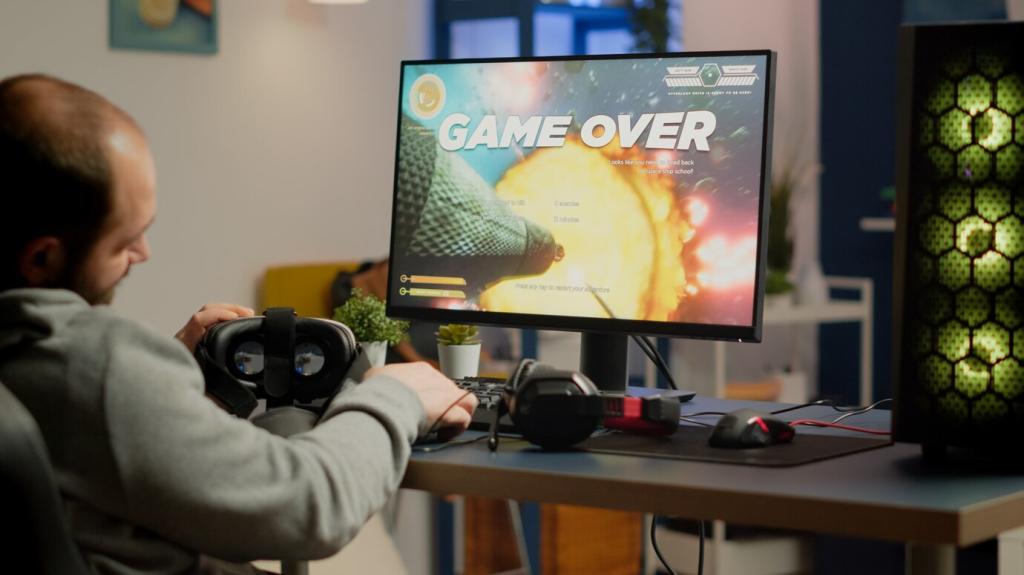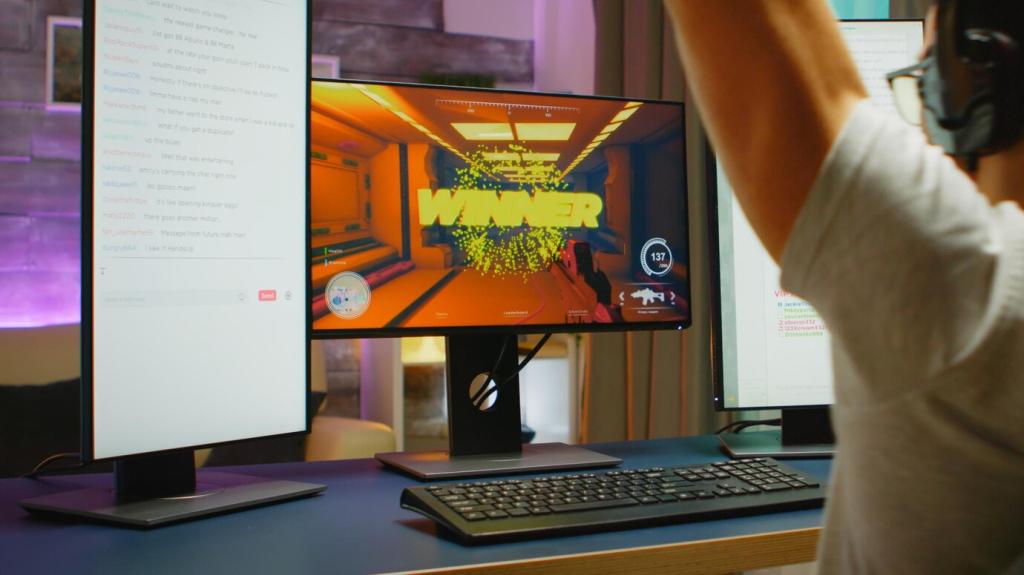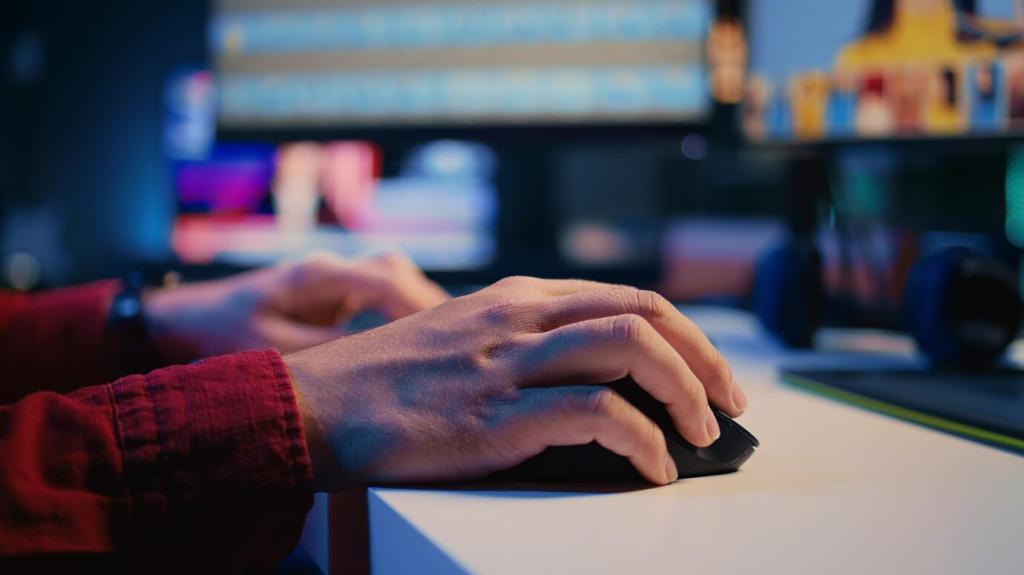Casting Character: Methods That Capture Detail
Die casting drives molten alloy into steel tools at speed, creating repeatable parts with reliable dimensions. It shines for production volume and crisp edges, but requires up‑front tooling investment. Comment if you’ve noticed how newer tokens feel more uniform compared to vintage, hand‑cast charms.
Casting Character: Methods That Capture Detail
Spin casting uses rubber molds and centrifugal force, ideal for small batches and expressive forms. It tolerates intricate undercuts better than many think, with clever venting and gating. Would you support a community‑voted, small‑batch token series made with artisan spin casting techniques?






